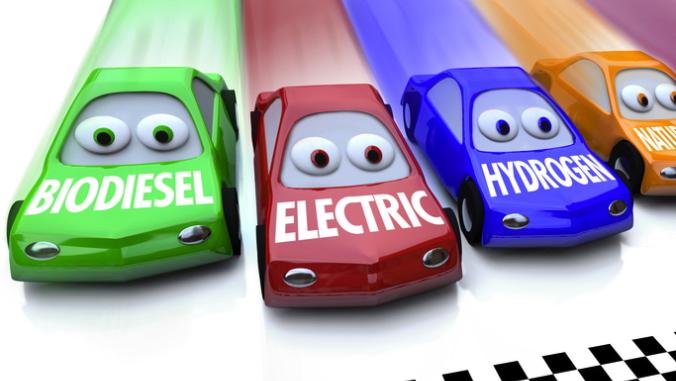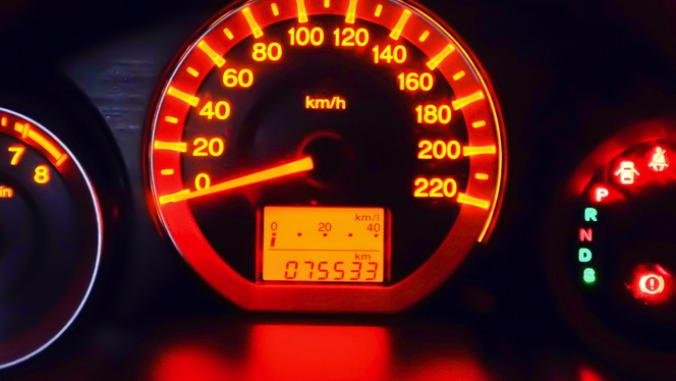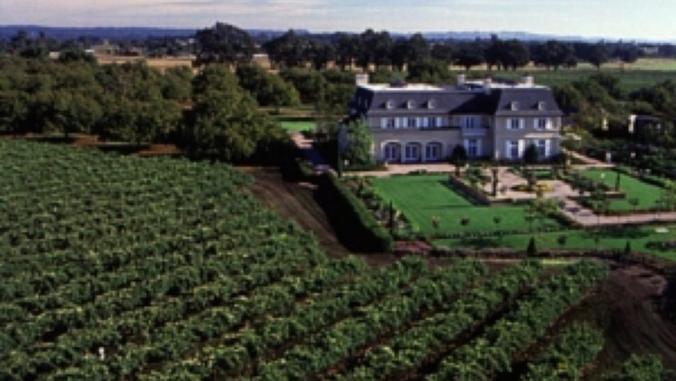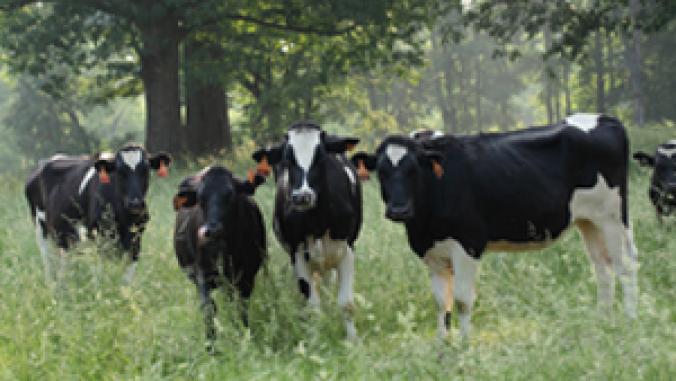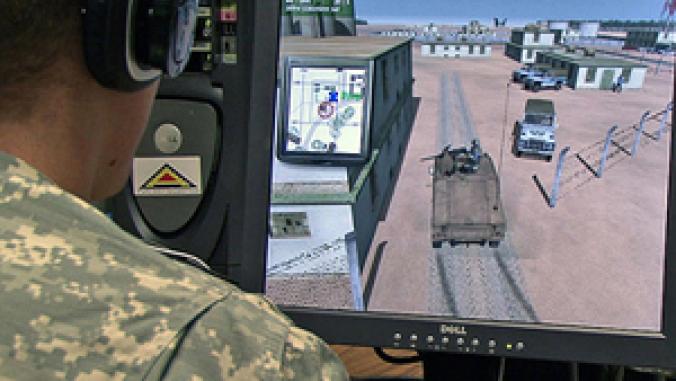Discarded Food Finds New Life as Electricity
Unwanted, thrown away food in the San Francisco Bay Area soon find new life as electricity. The East Bay Municipal District plans to dramatically boost the amount of food scraps it converts to energy via anaerobic digestion from 90 tons per week to 1,000 tons, or 200 tons per weekday.

San Francisco became the one of the first cities and counties in the country to adopt a mandatory recycling and composting ordinance for every building.
The ordinance was aimed in part at capturing food scraps entering the waste stream and turning it into a rich soil benefiting area farmers, rather than clogging up the local landfill.
Now that unwanted, thrown away food will soon find new life as electricity. The East Bay Municipal District (EBMUD), which supplies water and wastewater treatment to parts of the San Francisco Bay Area, plans to dramatically boost the amount of food scraps it converts to energy from 90 tons per week to 1,000 tons, or 200 tons per weekday.
That’s enough power to supply more than 2,000 homes, compared to 180 homes previously, according to Wendy Chavez, a spokeswoman with the U.S. Environmental Protection Agency.
The food scraps are processed on-site at an EBMUD wastewater treatment plant, which also uses the electricity. The facility is exploring option of exporting the energy offsite once it exceeds the plant's capacity, Chavez said.
More than 31.6 million tons of food scraps entered the municipal solid waste stream in 2007, according to the EPA, of which only 2.5 percent was collected for recycling, usually ending up as compost. When transformed to energy, the food scraps are fed to anaerobic digesters, which are often used to treat sludge at wastewater treatment plants.
Bacteria in the oxygen-free digesters break down the food waste to produce methane that is burned for electricity; if the food decomposed in a landfill, it would generate methane that would be released into the atmosphere unless the site was equipped with technology to capture the gas. Methane is 21 times more potent than carbon dioxide, the most prevalent greenhouse gas. Any material leftover from the digestion process can be converted to compost.
The EPA gave EBMUD $50,000 in 2006 to evaluate treating food waste with anaerobic digestion. Research shows that food scraps have a high energy potential: Using food scraps in an anaerobic digester produces about three times the methane by volume as straight municipal solid waste.
Here’s a nifty video from EBMUD that offers a peek at their food-to-energy process:
All images courtesy of the U.S. Environmental Protection Agency.
The ordinance was aimed in part at capturing food scraps entering the waste stream and turning it into a rich soil benefiting area farmers, rather than clogging up the local landfill.
Now that unwanted, thrown away food will soon find new life as electricity. The East Bay Municipal District (EBMUD), which supplies water and wastewater treatment to parts of the San Francisco Bay Area, plans to dramatically boost the amount of food scraps it converts to energy from 90 tons per week to 1,000 tons, or 200 tons per weekday.
That’s enough power to supply more than 2,000 homes, compared to 180 homes previously, according to Wendy Chavez, a spokeswoman with the U.S. Environmental Protection Agency.
The food scraps are processed on-site at an EBMUD wastewater treatment plant, which also uses the electricity. The facility is exploring option of exporting the energy offsite once it exceeds the plant's capacity, Chavez said.
 |
More than 31.6 million tons of food scraps entered the municipal solid waste stream in 2007, according to the EPA, of which only 2.5 percent was collected for recycling, usually ending up as compost. When transformed to energy, the food scraps are fed to anaerobic digesters, which are often used to treat sludge at wastewater treatment plants.
Bacteria in the oxygen-free digesters break down the food waste to produce methane that is burned for electricity; if the food decomposed in a landfill, it would generate methane that would be released into the atmosphere unless the site was equipped with technology to capture the gas. Methane is 21 times more potent than carbon dioxide, the most prevalent greenhouse gas. Any material leftover from the digestion process can be converted to compost.
The EPA gave EBMUD $50,000 in 2006 to evaluate treating food waste with anaerobic digestion. Research shows that food scraps have a high energy potential: Using food scraps in an anaerobic digester produces about three times the methane by volume as straight municipal solid waste.
Here’s a nifty video from EBMUD that offers a peek at their food-to-energy process:
All images courtesy of the U.S. Environmental Protection Agency.

